Page 3 of Journal: (for Pages 1 & 2 click here)
On this page we will be filling in the space with some basic and fun designs to use as large overall patterns or background fillers. Set up the sandwich with a vertical and horizontal line to create a 4-patch as in my sample below.
The following images can be printed then placed under a white sheet of paper to practice doodle before quilting, I used a heavy black marker so it would show through.
Square 1 – Starting with the top left square of the 4-patch meander around the space with loops. Add variety by vary the size of the loops. This is a great basic overall pattern to fill in small areas or over an entire quilt.
Square 2 – Start at any corner you are most comfortable I tend to work this pattern from top left to bottom right or vice versa. This pattern is a tear drop shape echoed multiple times. As you can see in the enlarged example you can echo back over one to move to another area. If you follow my lines you will see how that works. I have used this design as a large overall on a single panel baby quilt it can also fill in particular block pieces of a block to enhance other pieces or design within the block.
Square 3 – This pattern is a repeating swirl or wave pattern and looks best when you vary the size of the swirl. I like to start my swirls in a clockwise motion…forgive my unsmooth swirls Kitty insisted on helping this morning by showing me where the next swirl should go while giving me head-butts…in cat terms that truly means a head and a butt in your face!
This is a great design to use on borders though make sure it balances your quilting in the center if you make really small swirls and dense spacing your borders will tighten up. To avoid this visualize the size of your hand when you make a fist then keep your swirls larger. You will be pleasantly surprised how fast you can quilt a border with this design.
Square 4 – This is one of my favorite alternatives to straight parallel lines and can be quilted on the 45 degree angle for more interest if you like. Your spacing can be tight or generous depending on the area you are filling like space around appliqué or to create texture in a basket block. If you noticed I filled the entire area with one continuous line – to illustrate this my lines don’t touch the outer square seam but when you actually quilt it be sure to get as close to the seam to keep it neat looking. Tip: Use the lines created by your seams as a guideline to help keep your line straight and spacing consistent. Visualize how many lines you want to fill the space and keep it in mind as you move from one side to the other and adjust spacing on the next line as needed.
A few tips:
1) Practice doodle each design on paper first.
2) Watch your tension and adjust as needed.
3) You may find quilting gloves helpful with maneuvering the fabric.
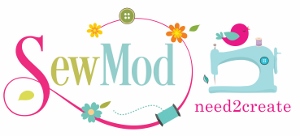







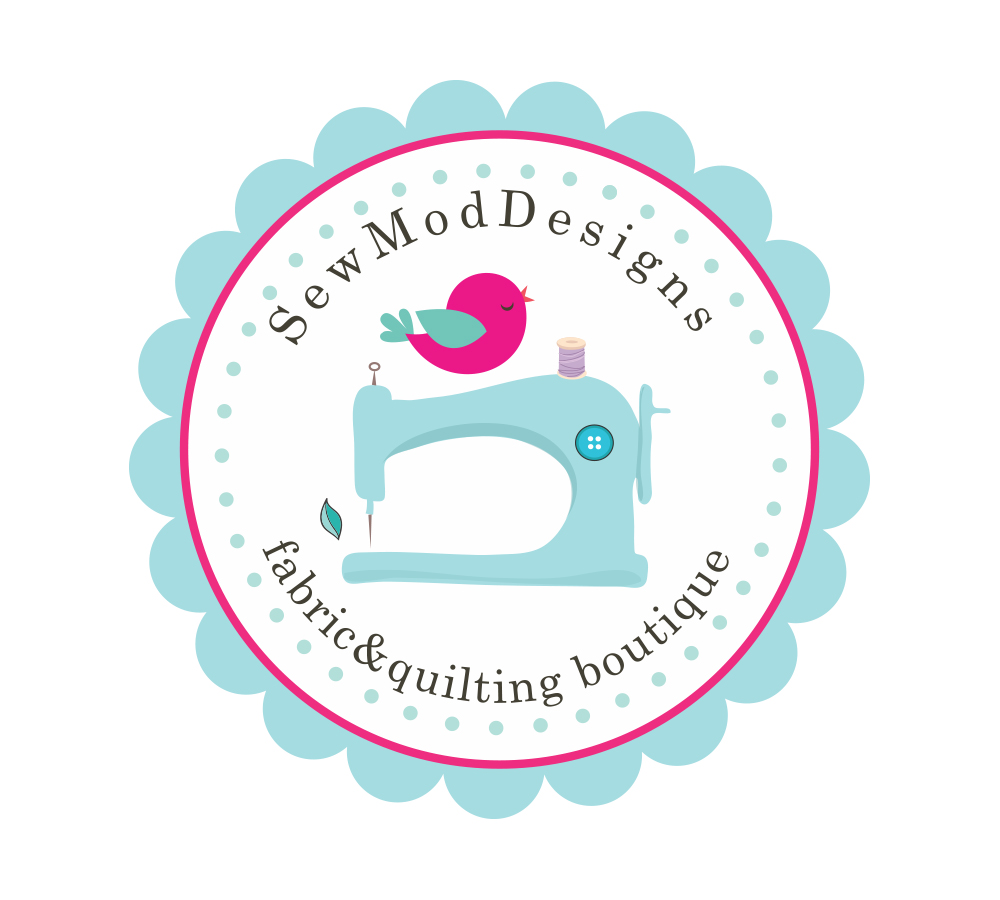

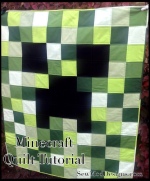
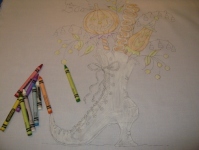
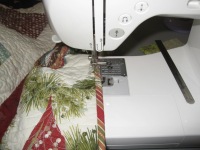
1 comment
Comments feed for this article
February 7, 2011 at 3:40 pm
Gail Lewis
Paige,these are great designs ! Because I can’t work on this project until March, I found that I can just sit at the computer and run the cursor over the design. I will try to doodle some on paper this month also.